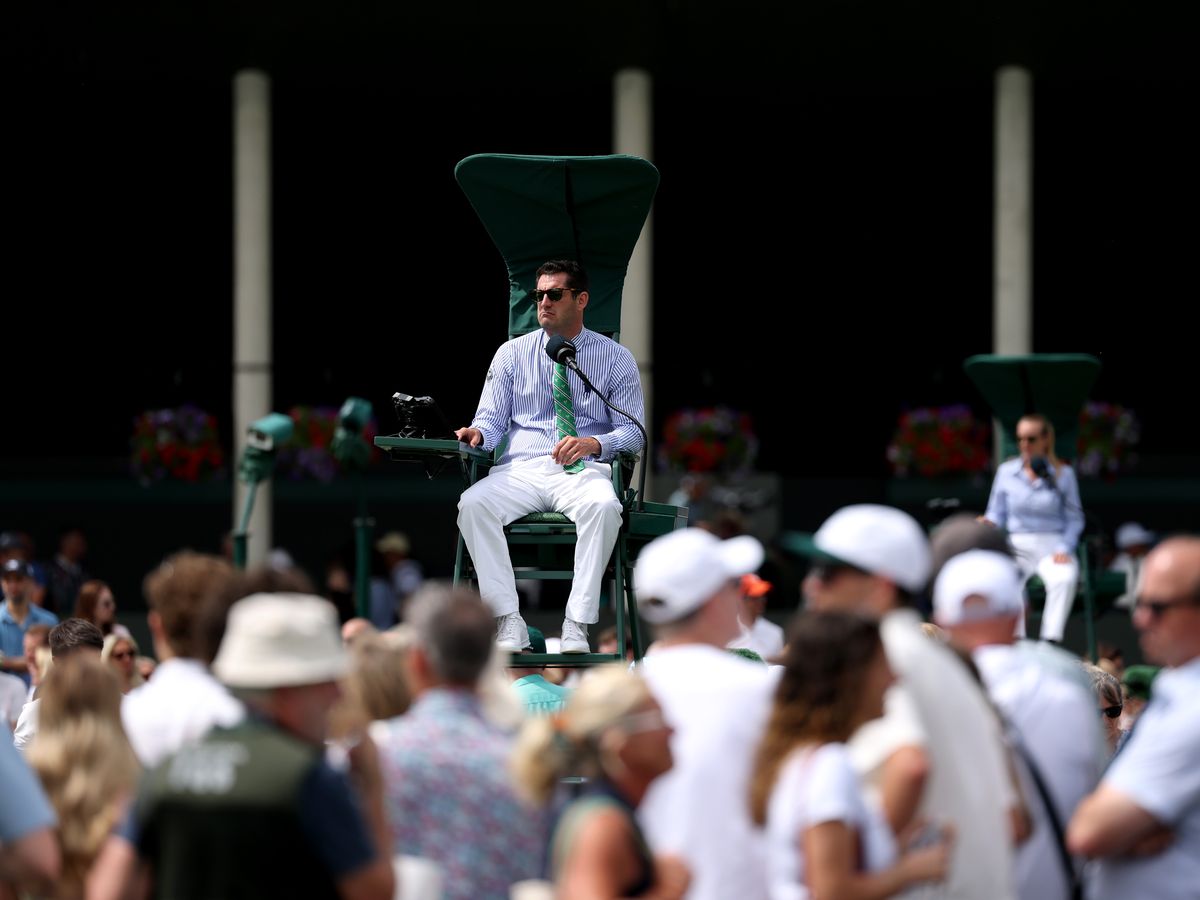By Abbie Meehan Chris Burns Samuel Meade
Wimbledon has made a significant shift by dispensing with line judges for the first time in its nearly 150-year history, with cutting-edge technology now tasked with making calls during matches. The Grand Slam tennis tournament began on Monday without the customary presence of officials scrutinising each stroke along the court’s white lines, despite the wishes of fans. Despite being known for their stringent dress code and other protocols, it seems the All England Lawn Tennis Club isn’t shy of making major changes. A considerable number of callers, approximately 300, found themselves surplus to requirements as Wimbledon introduced electronic line calling to its courts. The historic tennis venue at SW19 now aligns with its counterparts in Melbourne and New York in embracing this smart advancement. The ATP Tour also employs similar systems, with the French Open still maintaining human line judges. The renowned club has moved towards innovative camera-based, AI-assisted decision-making processes, thereby eliminating the potential for human error from the game. This change came as a shock to some tennis players who discovered they could no longer challenge umpire calls. So, who makes the call? Using up to 18 cameras, the new system meticulously tracks the ball’s trajectory, swiftly alerting within one-tenth of a second if the play falls outside the legal boundaries – these assurances coming from the system’s developers themselves. In a blend of tradition and modernity, Wimbledon has introduced a unique feature: voice recordings of “out” or “fault” calls from All England Club staff members to be used as the announcements. A virtual ballboy provides the voice for every “fault,” while various adult staff members, both men and women, vocally declare “out” plays. British tennis ace Cameron Norrie expressed his fondness for the old traditions but also acknowledged the advantages of the new technology, suggesting that its precision allows players to swiftly accept the call and proceed with the match. “As a player it’s pretty black or white with the calls,” Norrie said. “In, out… there’s no mistake, nothing happening. Definitely you’ve got to feel for those linesmen and those people. That’s a bit tough for them, but it’s pretty black or white with the calling.” However, as with any new piece of technology, there will always be teething problems, as China’s Yuan Yue found out earlier this week. During her first-round match against Germany’s Eva Lys on Court eight, Yue noted that the system does have a volume issue. “The voice, I cannot really hear it; it is a bit too low,” she said. “I asked the referee can you [turn] it up a little bit. He said he cannot. “He said he will try to let us know [the call] because he has a machine that can look it up. I don’t really mind, I just want to hear it clearly. [The umpire’s] voice is a lot more loud than the automatic one so we can hear that clearly.” Sally Bolton, Chief Executive of the All England Club, outlined the reasoning behind the introduction of the new technology, and stated it isn’t happening purely for financial reasons. She said: “For us, it was time to make that change. It’s not a money‐saving exercise, the technology investment we’ve had to make to deliver electronic line calling is not insignificant. It’s about evolving the tournament and making sure that we’re providing the most effective possible line calling.”
